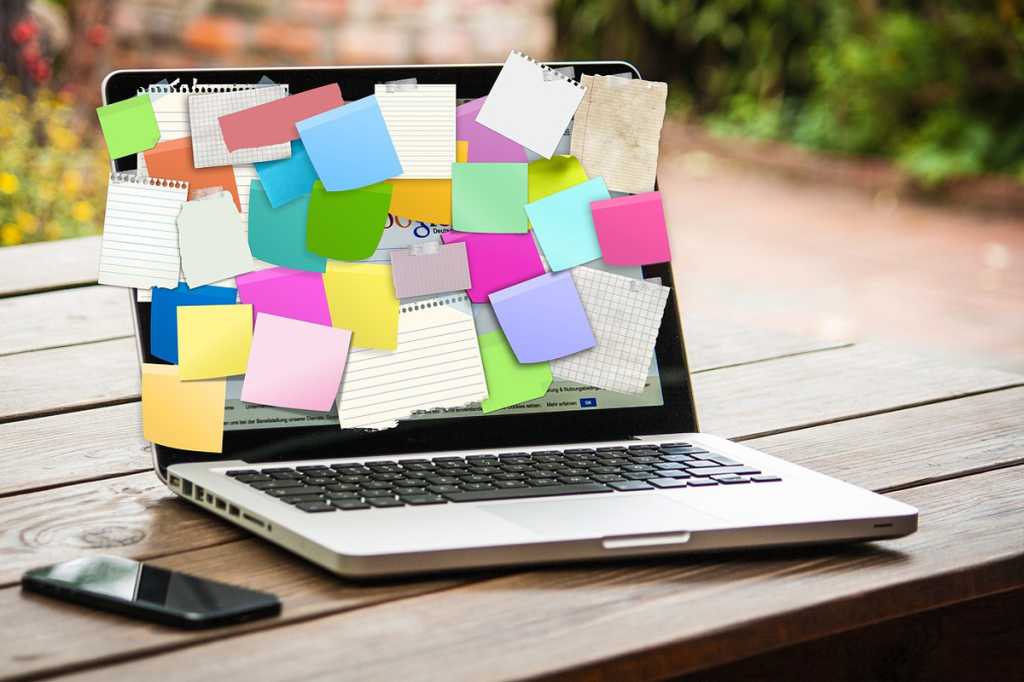Nudgemail, a service that allowed users to schedule email reminders, has announced its temporary shutdown. However, modern email services like Gmail already offer this functionality built-in. This article explains how to use Gmail’s scheduling feature to send yourself email reminders.
Using Gmail’s Scheduling Feature
Gmail’s scheduling feature allows you to send emails at a later date and time. While primarily intended for sending emails to others at a convenient time, it can also be used for self-reminders. Here’s how:
- Compose a New Email: Open a new email in Gmail as you normally would.
- Address the Email to Yourself: In the recipient field (“To”), enter your own email address.
- Add a Subject and Message: Write a clear subject line that will help you identify the reminder. Include any necessary details or information within the email body.
- Schedule the Email: Instead of clicking “Send,” click the small arrow to the right of the send button and select “Schedule send.”
- Choose the Delivery Time: Select a pre-defined delivery time from the options provided, or choose “Select date and time” for more specific scheduling.
- Review and Edit (Optional): To modify a scheduled email, click “Scheduled” in the left-hand Gmail menu. Open the scheduled email and make any necessary adjustments.
Other Email Scheduling Options
Other email providers, such as Microsoft Outlook and Proton Mail, offer similar scheduling features with comparable functionalities. These features generally follow the same basic process outlined above for Gmail.
Alternatives to Email Reminders
While email scheduling is convenient, to-do list apps provide a dedicated platform for managing tasks and reminders. Apps like Google Tasks and Microsoft To Do allow you to schedule tasks and set reminders, offering a focused alternative to email-based reminders.
Conclusion
With the discontinuation of services like Nudgemail, leveraging existing features within your email client becomes increasingly valuable. Gmail’s scheduling feature, alongside similar functionalities in other email platforms, provides a simple and effective way to set email reminders. Alternatively, dedicated to-do list apps offer a more structured approach to task management and reminders. Choose the method that best suits your workflow and preferences.










